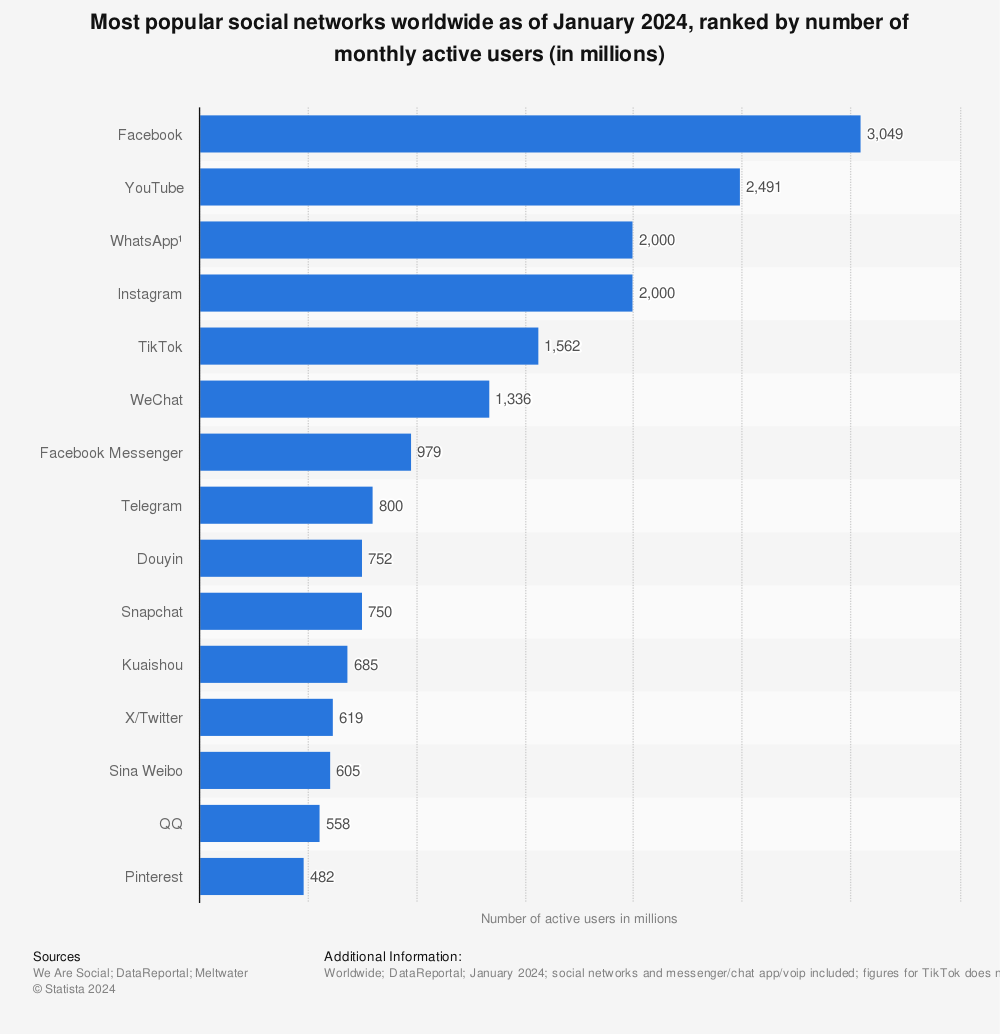Would you pay for an advert without knowing precisely where it is going to end up? Believe it or not, this is something that a lot of advertisers do online and there’s even a chance that it’s what you are doing right now. But is it a good idea? And how do you make the most from this seemingly dubious form of advertising? Read on…
A blind network is an advertising network that doesn’t tell the advertiser where their ads are going to be ending up. Very often, this means PPC.
Most of us know by now how PPC works. This is a form of advertising where the user pays for each click that they get on one of their ads. Seeing as those clicks will take the users to the advertisers’ sites, this effective amounts to paying for each visitor. If the ad is seen but no one clicks on the ad, then the advertiser is not charged.
In a vertical network, the advertiser will be able to see the portfolio of websites where their ads might be ending up and can therefore ensure that they are representing their brand well. However, when the network is ‘blind’, the advertiser won’t know precisely where their ad could be seen. These networks tend to offer lower rates as a result but potentially the advertiser risks having their ad on a site that won’t be as good a fit for their brand message.
One of the most famous examples of a blind network is Google AdSense. When you use AdWords, you know where your ad will end up. But when you use AdSense, your ad will be displayed on the sites of any publisher that uses the right snippet of code. Algorithms attempt to ensure the topic will be matched to your ad. But there is no way to be certain.
If you are a publisher, then using a vertical network will generally help you to earn more money, but you need a certain amount of daily traffic to be able to apply. Likewise, for advertisers, using vertical networks will generally be more profitable and more targeted – but you need to pay more for the privilege. Meanwhile, behavioral targeting methods can help to bridge the gap between the two.

Find more statistics at Statista
How to Make the Most of PPC
Either way, the objective should be to try and make the most possible from PPC.
Many businesses that use PPC advertising are failing to take advantage of this tool in order to gain the maximum exposure and promotional value. For many companies, the assumption is that PPC is simply a form of advertising that you can use like any other that will go on Google's search pages. And in many ways that is what PPC is, but it's also a lot more. PPC you see is dynamic and flexible in a way that traditional advertising just isn't - and that means that it has a lot more potential uses and a lot of benefits. If you're just using PPC to gain exposure for static advertisements, then really you could be getting a lot more bang for your buck. Here are some of the top ways you can get more from your PPC campaign.
Split Testing
Split testing is a business technique that sees businesses running two separate advertising campaigns/products side by side and making small iterative changes to one. This way they can then test which changes are successful and which are not, and then roll out the successful ones across the board. So, if you if you were running one ad campaign, you might try altering the font slightly across 10% of the adverts and then monitor how they perform. If they are successful, you then enforce those changes across 100% and introduce a new change to your 'B' campaign - in other words taking
advantage of the immediate nature of a PPC campaign in order to evolve it to the point where it's fully optimized for maximum efficiency.
Budget
Getting the right budget for your PPC campaign is among the very best things you can do. That’s because getting your budget right and your maximum bid right can help you to ensure that you always turn a profit.
And using this information you can then decide how much you’re willing to pay for each visitor and therefore each click. Now you make more per click than you lose and you have therefore guaranteed a profit. That is the true power of PPC – blind network or no.
